The Impact of Temperature on Mood and Productivity: Insights from Roth Heating & Air

Understanding the Role of Temperature
Temperature influences much more than just our physical comfort; it plays a vital role in our emotional and cognitive functions. Experts like Roth Heating & Air in Wichita, Kansas, emphasize the importance of maintaining the right indoor climate to foster both well-being and efficiency. When the temperature is properly managed, it can enhance our daily activities and mental health. Different temperatures can either stimulate or hinder our mental processes, affecting how we concentrate, solve problems, and interact with others. Therefore, understanding how temperature impacts us is crucial for creating environments that support optimal functioning. By recognizing the interplay between temperature and our mental state, we can better tailor our surroundings to meet our needs.
Ideal Temperatures for Enhancing Mood
Studies indicate that maintaining a temperature range between 68°F and 72°F can significantly stabilize mood, reduce stress, and promote relaxation. People in environments within this range often report higher comfort levels, which directly impact their overall happiness. These temperatures help mitigate feelings of irritation and anxiety, fostering a more balanced emotional state. Furthermore, maintaining this ideal range at home or work can create a soothing atmosphere that enhances general well-being. When your indoor climate aligns with these optimal settings, you’re more likely to experience a sense of calm and contentment. Roth Heating & Air emphasizes the importance of these temperature settings for both emotional and physical comfort.
The Influence of Temperature on Efficiency
Temperature can significantly impact work efficiency. When working in environments that are too hot or too cold, people often struggle to maintain focus and productivity. The optimal temperature for office environments tends to be around 70°F to 73°F, which can improve concentration and reduce errors. Roth Heating & Air highlights the importance of proper climate settings, as they ensure that employees remain comfortable and focused, ultimately boosting productivity. Maintaining a stable indoor temperature is crucial for achieving maximum work efficiency and ensuring high-quality output.
The Science of Temperature Sensitivity
People experience temperature changes differently due to a variety of physiological factors. Our body’s response to temperature is influenced by metabolism, age, and individual acclimation to specific climates. For instance, younger people often have a higher metabolic rate, which can make them more tolerant to cooler temperatures, whereas older individuals might find the same conditions uncomfortable. Similarly, those who have lived in warmer climates may find it challenging to adapt to colder environments and vice versa.
When temperatures stray from our personal comfort zones, various physiological changes occur. Alterations in heart rate, blood pressure, and even hormonal balances are common reactions. These physiological responses can affect how comfortable and focused we feel. For example, colder temperatures may cause blood vessels to constrict, leading to increased blood pressure and a heightened sense of alertness, but it can also result in discomfort or distraction. On the other hand, warmer temperatures might dilate blood vessels, lowering blood pressure and potentially causing drowsiness or lethargy.
Individual acclimation plays a significant role in temperature sensitivity. Someone accustomed to a specific climate may have adapted physiologically to those conditions, making sudden changes more noticeable and impactful. Understanding these differences is key to creating environments that cater to various needs. Roth Heating & Air’s expertise in HVAC systems helps manage these variations by offering tailored solutions that take into account individual sensitivities and preferences.
By recognizing the physiological factors that influence temperature sensitivity, we can better understand how to create optimal indoor climates for comfort and productivity. Roth Heating & Air can assist in customizing climate control solutions that accommodate these individual differences effectively.
Tips for Climate Control at Home and Work
To optimize comfort and productivity, it’s essential to set thermostats to appropriate temperatures. At home, aim for a range of 68°F to 72°F during daytime hours to help stabilize mood and reduce stress. For work environments, slightly adjust to around 70°F to 73°F, which can improve focus and reduce errors. Utilizing programmable thermostats can help maintain these temperatures consistently, adapting to your daily routines and preferences.
Additionally, consider factors such as room insulation, which can influence how well your space retains heat or cool air. Proper insulation can make a significant difference in maintaining stable temperatures without overworking your HVAC system. Regular maintenance of your HVAC system is also crucial; clean filters and well-serviced units operate more efficiently, ensuring consistent temperature control.
For personalized recommendations, Roth Heating & Air in Wichita, Kansas, offers advanced HVAC solutions tailored to your specific needs. They can provide expert advice on the best thermostat settings and maintenance practices to achieve optimal climate control both at home and in the workplace. Investing in efficient climate control systems can lead to a more comfortable and productive environment, aligning with your individual and professional needs.
Make sure to also consider humidity levels, as they can impact how warm or cool a space feels. Properly balanced humidity contributes to overall comfort, complementing your temperature settings.
Recap on Temperature’s Impact on Mood and Efficiency
Properly managed indoor temperatures can significantly enhance both mood and efficiency. When temperatures are kept within ideal ranges, we experience greater emotional stability, reduced stress, and improved focus. Studies show that settings between 68°F and 72°F promote relaxation and contentment at home, while 70°F to 73°F is optimal for maintaining concentration in work environments. Recognizing individual sensitivities to temperature can help tailor climate control solutions that meet diverse needs. Roth Heating & Air offers expertise in creating personalized HVAC systems, ensuring consistent comfort and productivity. Regular maintenance and programmable thermostats can also aid in achieving the best results. For comprehensive climate control tailored to your specific preferences, consult the specialists at Roth Heating & Air in Wichita, Kansas.
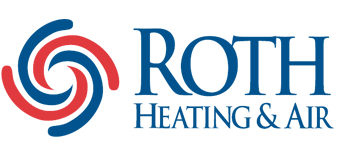
 Roth Heating & Air
Roth Heating & Air Roth Heating & Air
Roth Heating & Air
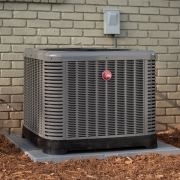 Roth Heating & Air
Roth Heating & Air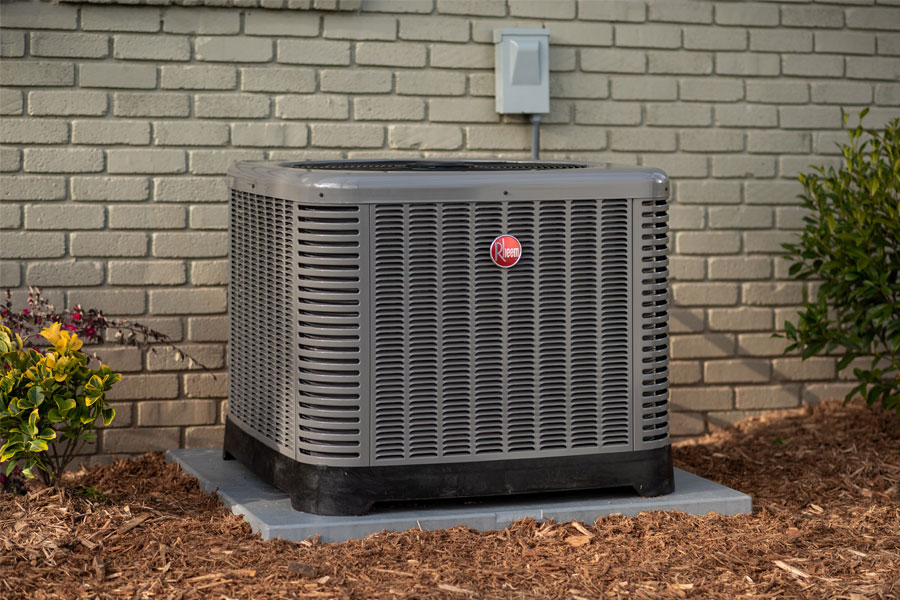
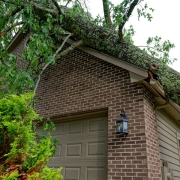 Roth Heating & Air
Roth Heating & Air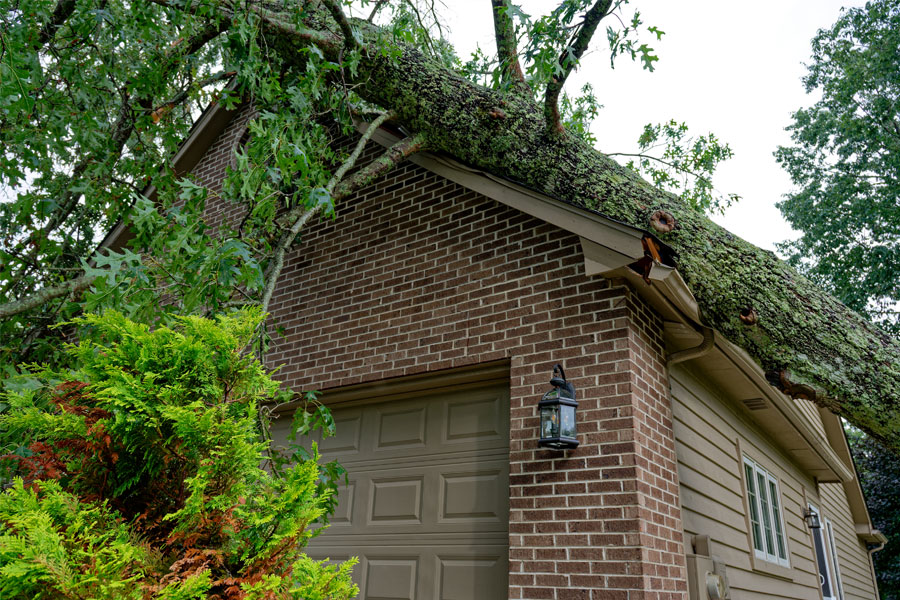
 Roth Heating & Air
Roth Heating & Air
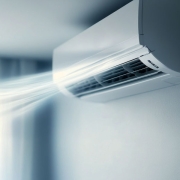 Roth Heating & Air
Roth Heating & Air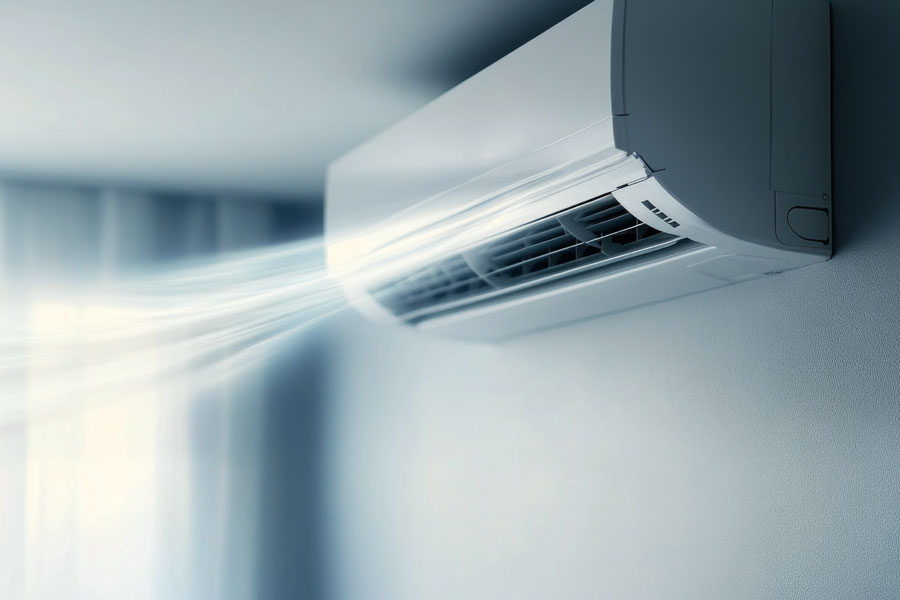
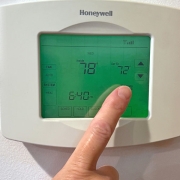 Roth Heating & Air
Roth Heating & Air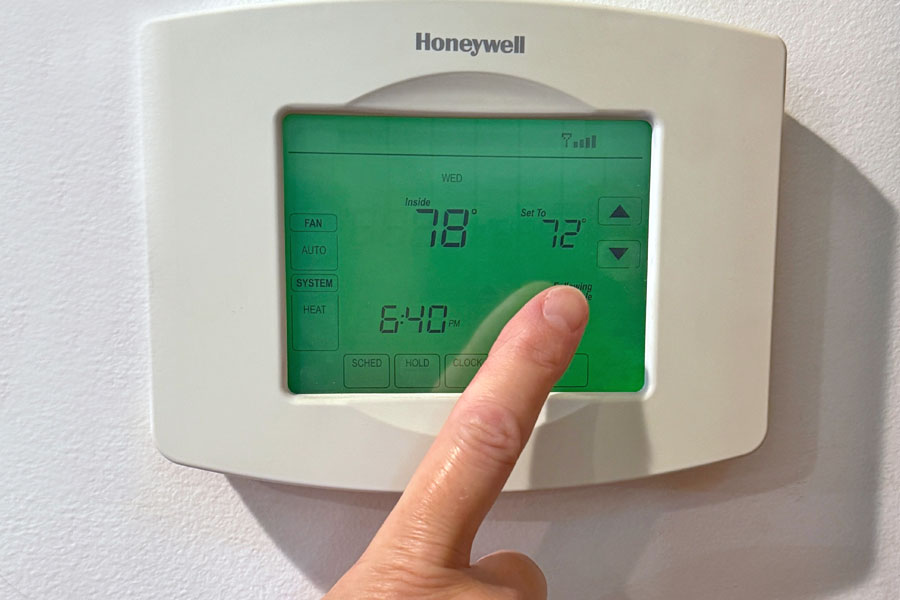
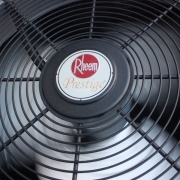 Roth Heating & Air
Roth Heating & Air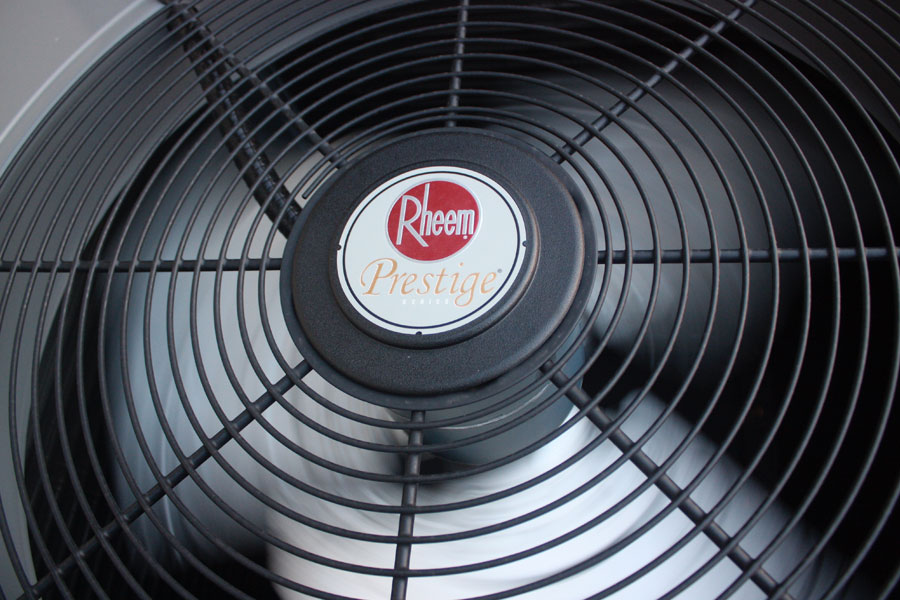
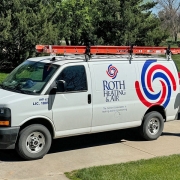 Roth Heating & Air
Roth Heating & Air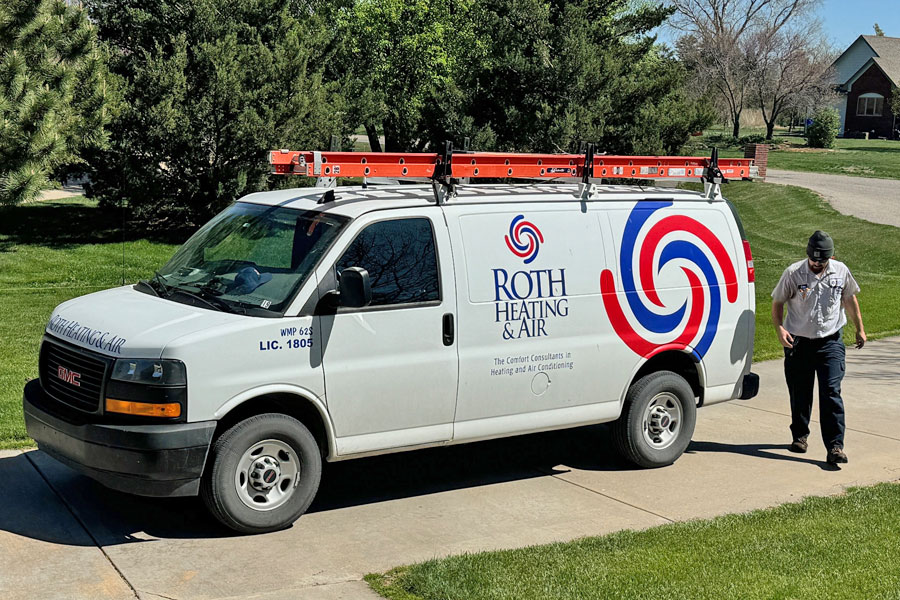
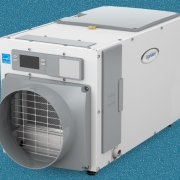 Roth Heating & Air
Roth Heating & Air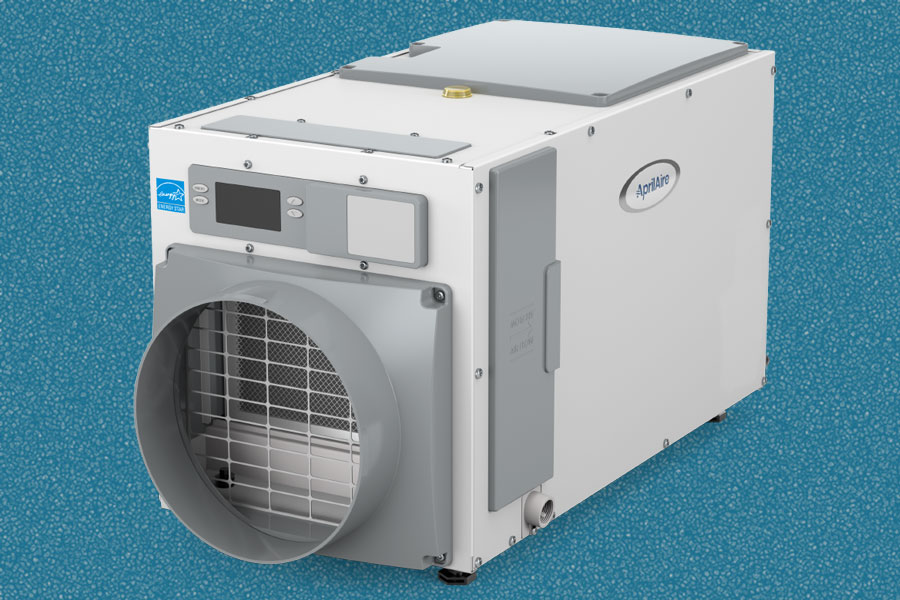
Follow Us!